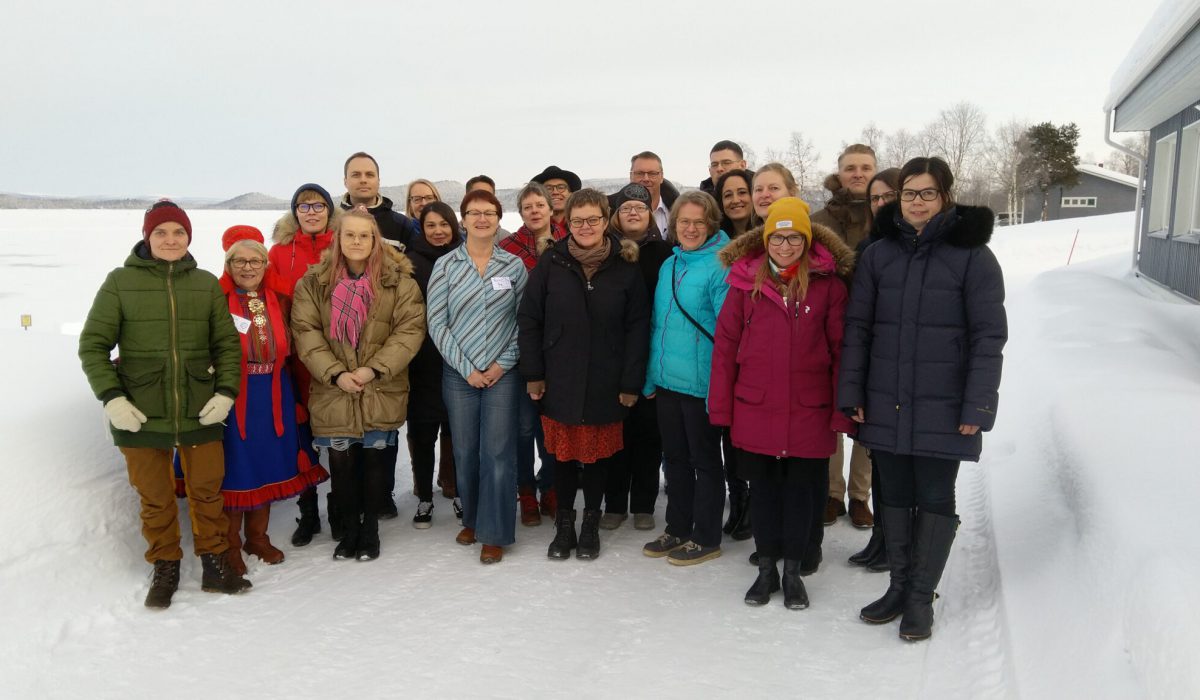
Arctic Environmental Impact Assessment: Discussing Saami Perspective
During the Finnish Chairmanship of the Arctic Council (2017-2019), the Ministry of Environment of Finland led a project focusing on Arctic Environmental Impact Assessments (“Arctic EIA”) under the auspices of the Arctic Council Sustainable Development Working Group. The aim of the Arctic EIA project was to improve the application of environmental impact assessments (EIA) in the Arctic region. The project gathered examples of existing good practices across the Arctic, identified areas where improvements are needed and formulated associated recommendations. The AEC was represented in the project’s editorial team by Ms. Kjerstin Skeidsvoll Lange, Leading advisor, Impact Assessment and Social Performance at Equinor.
The Arctic region is undergoing rapid environmental and economic change. The ongoing global warming has made the region more accessible and results in opportunities for existing and emerging ocean-based industries. Melting ice and longer periods of open water are resulting in longer marine shipping seasons. This provides opportunities, but also challenges to the local and indigenous people’s livelihood. A key element in the responsible development of the Arctic is respect for nature, environment and indigenous and local peoples.
The Ministry of Environment in Finland invited representatives from Saami organizations, governmental authorities from Finland, Norway, and Sweden as well as the Arctic Economic Council (AEC) to a workshop in Ivalo, Finland at the end of January. Ivalo is known for the Arctic light but is also a central place for the Saami with its Finnish Saami Parliament and rich traditions.
The main aim of the workshop was to get the Saami perspective on the recommendations of the Arctic EIA and discuss how these recommendations can be implemented in the Nordic countries. The Saami people have a unique knowledge of the land, biodiversity and possess traditional knowledge. Some of the take-aways from the workshop highlighted the need for meaningful engagement to start early and the need for the engagement to continue throughout the project. The meeting also called stakeholders to show respect for the seasonal nature of herding, fishing, and berry-picking. Traditional knowledge should be included in Impact Assessments and there must be opportunities to influence the project development.
“The Saami have always been living in a sustainable way and possess a holistic world-view. We had the privilege of having Laila Somby Sandvik from Saami Council advisory group for the elders in Norway, at the workshop. She shared the following wisdom that had been passed down from her grandmother: ‘Remember that you are part of nature. If you are destroying nature, you are destroying yourself. Never take more from nature than you need.’ Representing a company with increasing on-shore presence, we must always respect the human rights and livelihood of indigenous peoples and engage with them in a meaningful way,” says Ms. Skeidsvoll Lange.
More information about the Arctic Environmental Impact Assessment:
‘The good practice recommendations for Environmental Impact Assessment and meaningful engagement in the Arctic.’